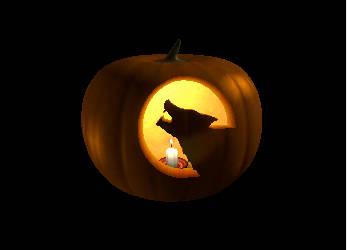

Finally, take a decent length of stranded wire and attach one end to the wire loop. Now bend it into a loop so it will contact the frame in front of the switch. Now thread each end of the wire in a side hole om the switch and wrap it around to fasten it tightly. If it is too thin, wind 2 pieces together as I did. To rough in the electrical of the switch, take a length of solid core wire and strip it. Now bend the loose line tied to the lower line and thread it through the middle hole on the switch. Be sure to tie knots in both lines, so it doesn't slip later. To rough in the switch connections, you will need to first take a length of fishing line (15-20cm for plenty of working room) and tie it to the lower fishing line about 2-3cm behind and in front of the switch. The skewer won't burn at 90 degrees Celsius (the temperature the Flexinol contracts at) and it won't hamper it contracting fully. Also, there is no need to worry about bending the Flexinol over the skewer. If the Flexinol is the right length, the loose end should not be able to touch the lower part of the frame. Finally, Loop the other end of the Flexinol over the bamboo skewer and pull it down. Now cut the extra off each side so it is stuck in the hole. This is so it forms threads as it comes out the other side. Now take a bamboo skewer (electrically insulating) and push it into the upper threaded Flexinol hole and turn it. Locate the lower Flexinol hole drilled and tapped earlier, and as you thread the rod into the lower hole slip one Flexinol crimp over to attach it. Now to attach the Flexinol to the frame, cut a piece of threaded rod (metal to conduct electricity) slightly wider then the channel bar.

To do this I used the space on a pair of pliers between the handles (See 2nd Picture), instead of buying a crimping tool. Next, attach the crimps to the Flexinol by threading the Flexinol into the crimp hole and pinching it closed. To calculate the length of Flexinol, start by measuring the inside distance from bottom to top of the frame, and multiply it by 2. When you have made the last bend, cut off the extra material about 1 cm above where you want the middle of the moving pumpkin parts to be. This is so the extra material ends on the inside and it still fits in the pumpkin. Repeat these steps for each corner, being sure to measure along the back of the bar. Now simply bend it with your hands to a 90 degree angle. Next, draw 2 lines at 45 degrees from the back of the bar Now cut along the lines using the tin snips (you could use a hack saw, but it would be very hard) and then cut the back side to match (See pictures). To do this, measure about 5 cm from one end of the aluminum channel bar and mark it on the side without the opening. The first step is to create the overhang where the Flexinol will attach. This will allow you to form it into the shape in the last picture of this step. To do this you will first need the measurements of your pumpkin the maximum internal height and depth from front to back (you can just eyeball it). The first step is to build the frame that everything will be attached to.


 0 kommentar(er)
0 kommentar(er)
